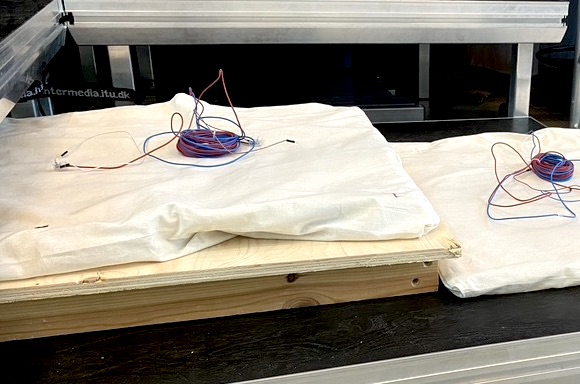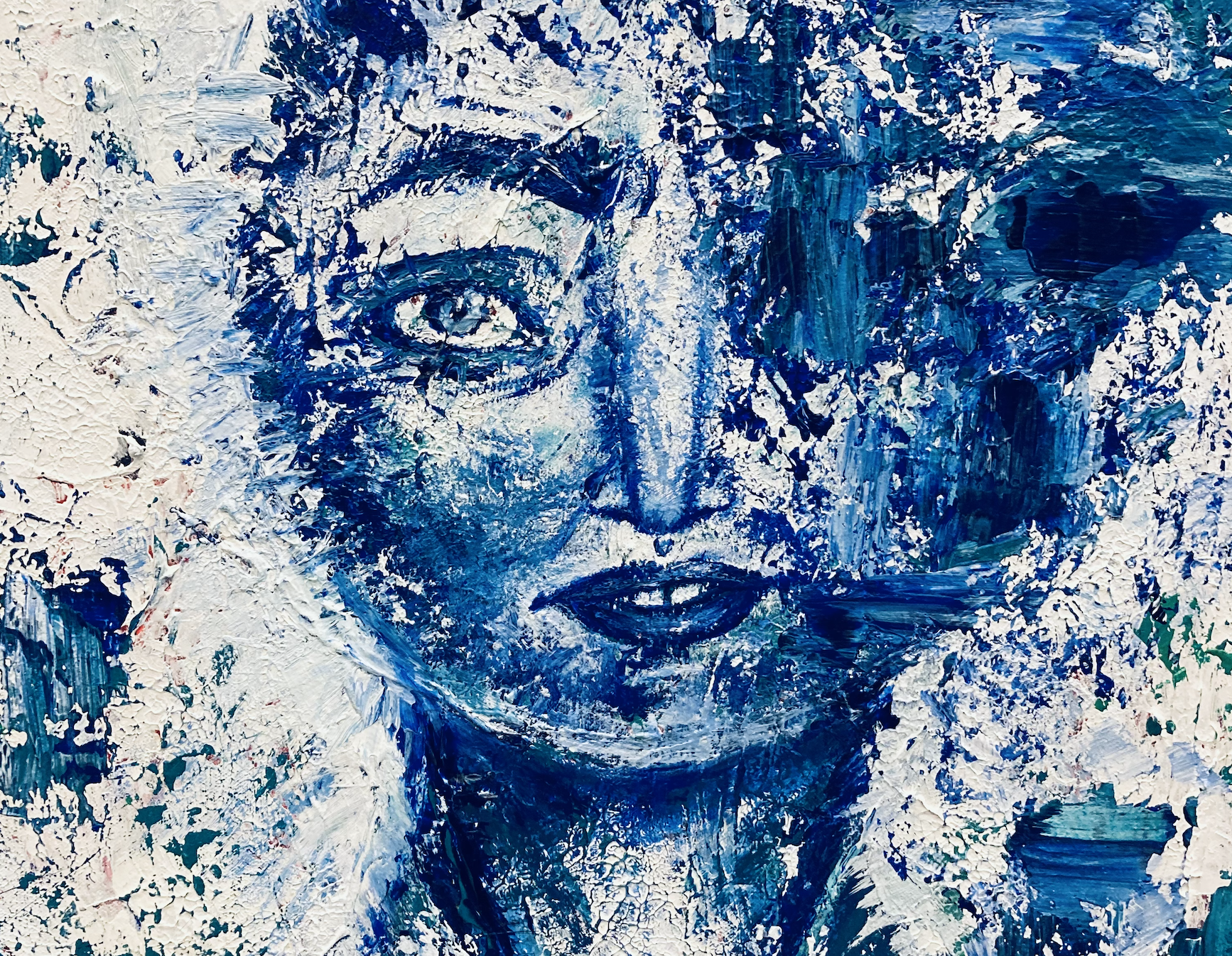Exploring Shock
This project set out to investigate how the body is affected during the occurrence of shocks, with a focus on the relation between micro-perceptional shocks and larger shocks. Founded on and inspired by affect theory, soma-design methods and research through design, I explored the physical reactions to shock, as well as try to implement them in a design and through this design gain insights to how the soma can be integrated to better understand shock. The design was inspired by the separation of body and soul, and the whole understanding of being only, or showing only parts of yourself was intriguing.This led to the idea…






